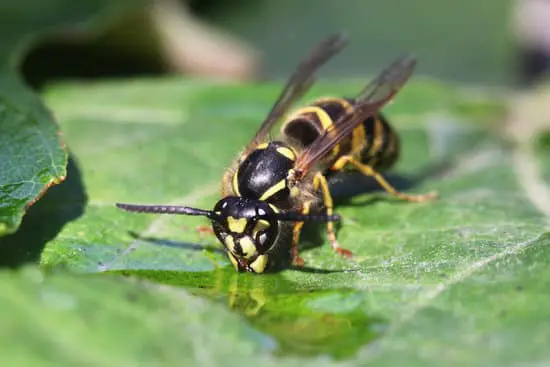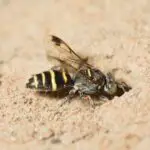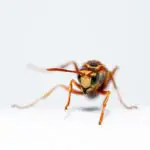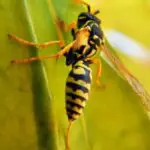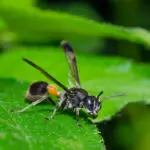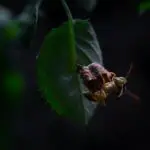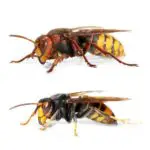Wasps Introduced to New Zealand
Several species of wasps have been introduced to New Zealand, both from abroad and locally. These pests can be destructive, and pose a threat to the health and safety of people and the environment. They also compete with native animals for food. In some habitats, wasps can outcompete native insects and birds for honeydew. They also disrupt recreational activities, causing economic losses for beekeepers.
New Zealand’s native stinging wasp species are not aggressive toward humans, but they are predators and can cause a painful sting. They are found in two families. Both families have two native species and a single invasive species.
The invasive species, the German wasp, is widespread in New Zealand. It is a serious threat to the environment, rural and urban ecosystems. It also wreaks havoc on wildlife, including fledging birds. It attacks beehives, birds and other insects. It is a major drain on the economy.
The common wasp was first introduced to New Zealand in 1921. It has spread rapidly since then. It was the most common wasp found in honeydew forests in 1987. It became the most common wasp in most cities by 1987.
Vespula vulgaris has also greatly increased the number of wasps in honeydew forests. This pest is also known as a social wasp. Both species have similar grey or brown nests. These nests have more than 1000 queens and workers. Workers help care for the nest, hunt for food, and defend the nest. They also lay eggs, which develop into larvae.
